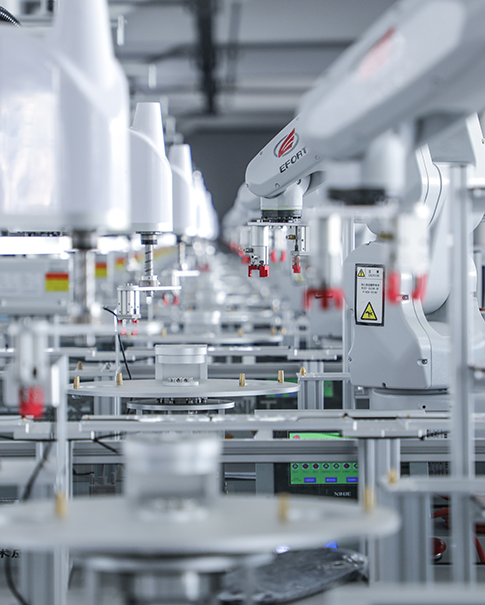Introduction
In the world of industrial operations, unexpected equipment failures can lead to costly downtime, safety hazards, and significant financial losses. To combat these challenges, predictive maintenance and real-time condition monitoring have become essential. GE Energy took a major leap forward in 2006 with the release of System 1® Software Version 6.0, an advanced upgrade to its industry-leading condition monitoring and diagnostics platform. With over 2,000 installations worldwide, System 1 had already established itself as the most trusted software for industrial machinery health monitoring. But Version 6.0 introduced groundbreaking improvements—including two patent-pending features—that redefined how plants could optimize performance, prevent failures, and streamline maintenance. In this article, we’ll explore the key advancements in System 1 Version 6.0, its real-world impact, and why it remains a critical tool for industries even years after its release.
What Made System 1 Version 6.0 a Game-Changer?
When GE Energy launched System 1 Version 6.0, it wasn’t just another software update—it was a major evolution in industrial asset management. The new version focused on three core areas:
1. Enhanced Diagnostic Capabilities
The software introduced condition-based monitoring, allowing engineers to analyze machinery performance based on different operational states (e.g., startup, full load, shutdown). This meant more accurate fault detection and fewer false alarms.
2. User-Friendly Improvements
GE listened to customer feedback and made the software easier to install, configure, and maintain. Simplified licensing structures and streamlined workflows reduced setup time, helping plants get up and running faster.
3. Specialized Analysis for Critical Equipment
One of the standout features was the new reciprocating machinery diagnostics, specifically designed for Bently Nevada™ applications. This included advanced tools for analyzing stepless unloaders—a critical need in industries like oil & gas and power generation.
With nearly 50 additional enhancements, Version 6.0 wasn’t just an incremental update—it was a complete overhaul designed to maximize reliability and efficiency.
Key Features That Set Version 6.0 Apart
Let’s dive deeper into the innovations that made System 1 Version 6.0 so impactful:
1. Patent-Pending Condition-Based Monitoring
Traditional monitoring systems often struggled with false alarms because they didn’t account for different machine states. Version 6.0 changed that by allowing diagnostics to adapt based on whether equipment was starting up, running at full load, or shutting down. This drastically improved accuracy in fault detection.
2. Advanced Reciprocating Machinery Analysis
For industries relying on compressors, engines, and pumps, the new Bently Nevada™ reciprocating machinery package was a game-changer. It included specialized algorithms for detecting issues like valve leaks, bearing wear, and misalignment—before they led to catastrophic failures.
3. Simplified Deployment & Maintenance
GE recognized that complex software could be a barrier to adoption. Version 6.0 introduced:
Easier licensing models (reducing administrative headaches)
Faster installation (cutting downtime during upgrades)
Improved remote diagnostics (allowing experts to troubleshoot issues without on-site visits)
These changes made the software more accessible to a wider range of facilities, from small plants to large refineries.
Real-World Impact: How Plants Benefited
The true test of any industrial software is its performance in the field. System 1 Version 6.0 delivered measurable benefits across multiple industries:
Power Generation: Preventing Costly Turbine Failures
One power plant reported a 30% reduction in unplanned outages after implementing Version 6.0. The software’s ability to detect early signs of bearing wear and imbalance allowed maintenance teams to schedule repairs before failures occurred.
Oil & Gas: Optimizing Compressor Performance
A major refinery using reciprocating compressors saw a 20% improvement in uptime thanks to the new stepless unloader diagnostics. By catching valve leaks early, they avoided costly emergency shutdowns.
Manufacturing: Reducing Maintenance Costs
A chemical plant using System 1 for pump monitoring slashed its maintenance budget by 15%, as the software helped transition from reactive to predictive maintenance.
These success stories proved that Version 6.0 wasn’t just a theoretical upgrade—it delivered real cost savings and operational improvements.
Why System 1 Remains Relevant Today
Even though Version 6.0 was released in 2006, many of its innovations are still foundational in today’s predictive maintenance solutions. Here’s why it continues to influence modern asset management:
1. Pioneering Condition-Based Monitoring
The concept of adjusting diagnostics based on machine state is now standard in modern Industrial IoT (IIoT) platforms. System 1 was one of the first to implement this at scale.
2. Setting the Standard for Usability
GE’s focus on user experience in Version 6.0 set a benchmark for industrial software. Today, ease of use is a key selling point for any condition monitoring system.
3. Proving the Value of Predictive Maintenance
By demonstrating measurable reductions in downtime and maintenance costs, System 1 helped accelerate the adoption of predictive maintenance across industries.
While newer technologies like AI-driven analytics have since emerged, System 1 Version 6.0 laid the groundwork for today’s smart factory solutions.
Conclusion: A Legacy of Innovation
GE Energy’s System 1 Version 6.0 wasn’t just another software update—it was a turning point in industrial asset management. By combining advanced diagnostics, user-friendly design, and real-world reliability, it set a new standard for condition monitoring. Even years later, its influence can be seen in modern predictive maintenance systems. For plants still relying on System 1, or those considering upgrades, Version 6.0 remains a testament to how the right software can transform operations. For asset managers and reliability engineers, the lesson is clear: Investing in smart monitoring solutions pays off—in reduced downtime, lower costs, and greater efficiency.
 Network Supported
Network Supported